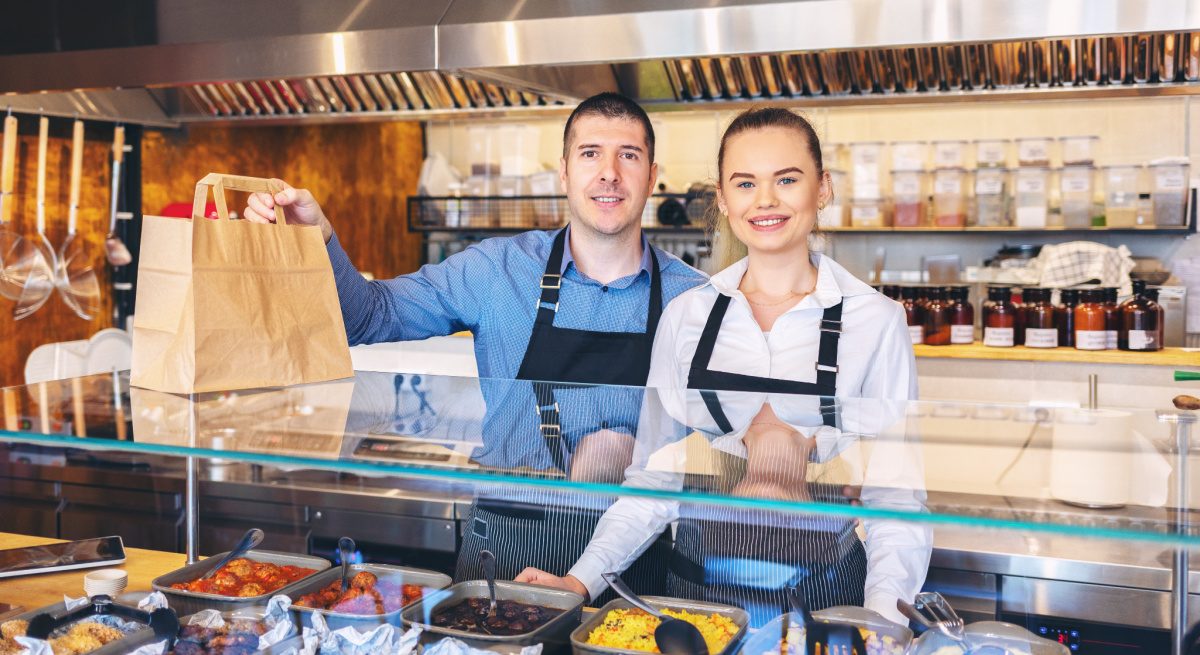Hard Insurance Market Presents New Challenge to Restaurants
3 Min Read By Paul DiBenedetto
There’s a glimmer of light at the end of the pandemic tunnel for the U.S. restaurant industry as COVID-19 vaccination rates grow and new virus cases and related deaths continue to decline. The economy is recovering and the doors are opening for more than just fast food and take-out and delivery.
But the recovery won’t be easy. Restaurants are coming back saddled with a lot of risks in an insurance market that’s the hardest it’s been in over 20 years. A hard market is one where premiums escalate and the carriers’ have significantly reduced capacity to cover greater loss limits. It’s created an environment where insurance premiums on some lines are doubling (or more) if coverage is available at all.
Insurance Pressures Facing Restaurateurs
The hospitality industry in general was hit badly by the pandemic lockdown. For the lodging sector, for example, the culmination of massive losses from unprecedented acts of God (fires, floods and winds) and man (active shooter incidents) has been the exit of a growing number of carriers from the category all together.
Restaurants are being pressured on their property and casualty coverage, specifically commercial auto, general liability and especially their umbrella, or excess liability.
Umbrella coverage has been a challenge largely due to escalating Employment Practices Liability (EPL) lawsuits.
In general, some 90,000 EPLI claims are filed annually, now comprising 30 percent of all civil cases in the U.S. and costing an average of $450,000 per case. Even before the pandemic, the restaurant industry was rife with EPLI complaints, not just for wage and hour violations, but increasingly, for issues like sexual harassment and age discrimination. COVID has compounded the issue, with complaints over adequacy of health and safety precautions.
Brokers Must Pivot to Secure Restaurants’ Coverage
After such a long stretch of a soft market, where insurance was comparatively inexpensive and easy to place, many insurance brokers who’ve never experienced anything else are challenged to figure out how to pivot. They are banging their heads against the wall trying to devise a single carrier solution. But the times call for more creativity and an expansive network of insurers and re-insurers.
It’s what restaurant owners and managers should expect of their brokers in an immensely challenging renewal season. One thing to look for is their ability to pull off multi-carrier solutions to work around insurers’ diminished capacity. An approach many brokers may or may not know is layering.
Layering isn’t a new way to getting adequate insurance coverage placed, but since it hasn’t been needed for smaller risks, it hasn’t been a go-to strategy. Today, when higher coverage limits are required to adequately cover claims, it should be added to every insurance broker’s arsenal – especially if they work with higher risk businesses like hospitality.
How Layering Works
One line where layering can make a difference in securing adequate coverage is in excess liability, or umbrella policies. Umbrella insurance comes into play when, for example, EPLI claims surpass the limits of the primary policy. Umbrella policies are most exposed to large claims; given today’s constricted capacity, insurers have sharply cut their coverage limits from, for example, $25 million to $5 million.
But since such limits are likely not adequate for the restaurateur’s needs, it’s up to the broker to bring additional insurers and reinsurers in to cover multiple layers of the risk. Combined, they create a “tower” of coverage, the primary coverage at the base, topped by each layer.
Distributing the risk across a group of insurers facilitates adequate coverage. It also makes it easier to find carriers to participate because the higher the layer is located in the “tower,” the less exposure the insurer has. It can also reduce cost of coverage.
Another multi-carrier coverage option is quota shares. These are single policies with multiple insurers, who share premiums and losses according to a fixed percentage. Insurers may be interested in participating because while the profitability may be lower, it’s a great way to free the capacity needed to write new policies.
It can be a complex process to assemble and manage multi-carrier insurance solutions like these, and something many brokers may not be able to tackle easily. But these days, restaurateurs are already facing many hurdles in reopening and rebuilding their businesses after COVID. They don’t need to be worrying they have adequate insurance for the risks ahead. That means being able to count on a broker who’s creative and has access to a variety of insurance and risk management solutions to get coverage, and maybe without breaking the bank.


